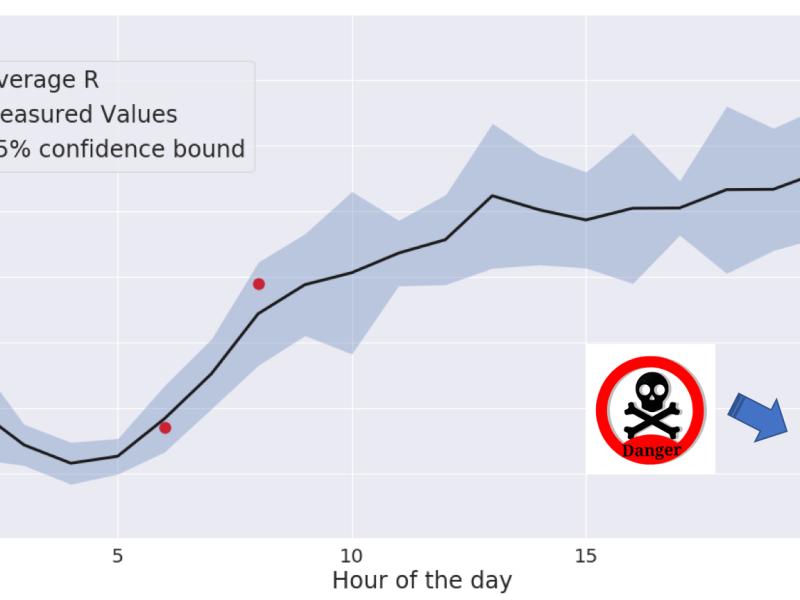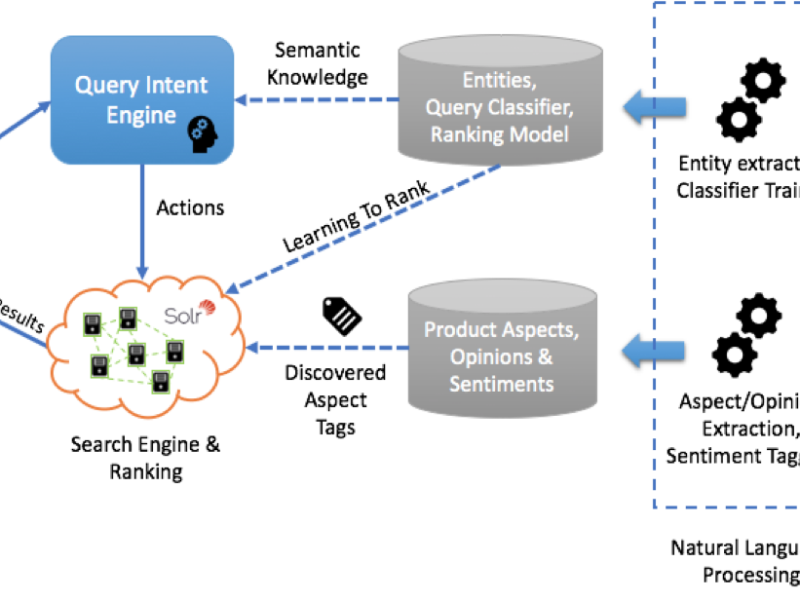Wayfair sells over 10 million products on our website. This vast selection ensures that customers have numerous options when shopping for a particular item; but it also makes effective, personalized product recommendations of vital importance in helping our customers find products that are relevant to their interests. This week in Wayfair Data Science’s explainer series, Data Scientist Samuel Yusuf discusses the two main domains of collaborative filtering (memory based and model based) and how they can be applied to make predictions on a customer’s preference for a product.
1 Min Read
Serving effective personalized product recommendations is critical to providing a pleasant shopping experience for customers at Wayfair. To do this, the Wayfair Data Science team builds state of the art recommender systems that leverage the customer’s previous browsing history to surface products that match their interests. This week in Wayfair Data Science’s explainer series, Senior Data Scientist Cole Zuber describes how we approach evaluating these recommender systems.
1 Min Read
Introduction
8 Min Read
Search is critical to the customer experience at Wayfair. What we show on the first page of results is incredibly important for users. The graph below shows what many people might already know when it comes to browsing and search habits: The majority of customers rarely look beyond the products on the first page of search results.
7 Min Read
A Cornucopia of Area Rugs: Will a Diverse Set of Choices Help Customers Find More of What They Love?
Right now, Wayfair has about 86,000 rugs available for purchase. On the first page of our rug category page, however, we only have room for the top 48. You see even fewer if you don’t happen to scroll or swipe down. When it comes to our customer’s experience, what we choose to place at the top makes a big difference! At present, we don’t explicitly showcase a diverse array of products. On browse pages for categories such as rugs, couches, or coffee tables, we instead combine personalized recommendations with the general popularity of products.
7 Min Read
Me: Doug, what are you doing?
3 Min Read
Our story begins in Holland in 1997, where a researcher named Stijn van Dongen, who is pretty good at Go, has a 5-minute flash of insight into modeling flows with stochastic matrices. He writes a thesis about it and makes a toolkit called MCL with a free software license.
4 Min Read










